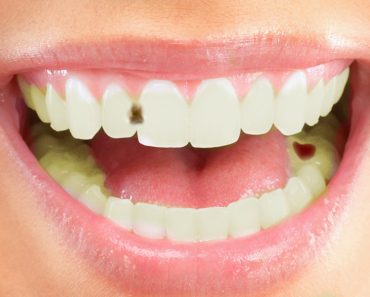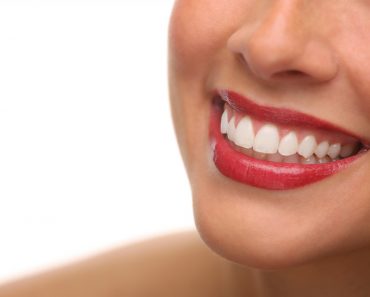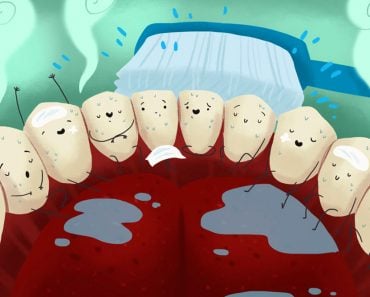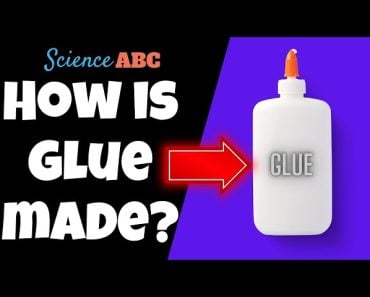Table of Contents (click to expand)
Toothpastes differ in their ingredients, some of which are designed to whiten teeth, others to repair enamel, and still others to reduce sensitivity. The most important thing to remember is that brushing correctly is more important than the type of toothpaste used.
Go to the supermarket to buy a trivial item like toothpaste, and you’ll be amazed at the number of different brands that make and sell toothpastes. There are whole rows and columns of different toothpastes, some claiming to work for sensitive teeth, while others whiten the teeth, take care of the gums, or give you a fresh breath. Some of them… well, they just taste good!

The staggering variety in toothpastes aside, at the end of the day, they’re just toothpastes. The question is, therefore, what’s the difference between all those different kinds of toothpastes?
You may be surprised by the answer…
Recommended Video for you:
All Toothpastes Are Basically The Same
Barring a few extra ‘features’ that toothpaste manufacturers add to their product to make it more appealing to customers, all toothpastes are basically the same. There’s really not a lot of difference among different types and brands of toothpaste. As such, you really don’t have to put much thinking into what kind of toothpaste brand you should go for (unless, of course, you want to do that).
You have surely noticed that most toothpaste ads say “9 out of 10 dentists recommend xxxx brand”. However, it’s interesting to note that those ads only say that because dentists recommend that people simply use toothpaste. And that’s it!

Dentists don’t generally recommend any one toothpaste brand (except in certain cases where the toothpaste ingredients may be medicinally favorable for a given patient); they just want you to use some type of toothpaste. Period.
And if you are a toothpaste maker, your product should really do just two things in order to be approved by the relevant governmental agency: 1) improve oral hygiene and 2) not cause any harm to the user.
Common Additives In Different Toothpastes
Whitening Toothpaste
A toothpaste that claims to whiten your teeth like no other toothpaste generally contains a higher level of abrasives, or certain other additives that ‘scrub’ the surface of the teeth clean. However, it should be noted that excessive use of such toothpastes can wear down the enamel layer and cause sensitivity problems.
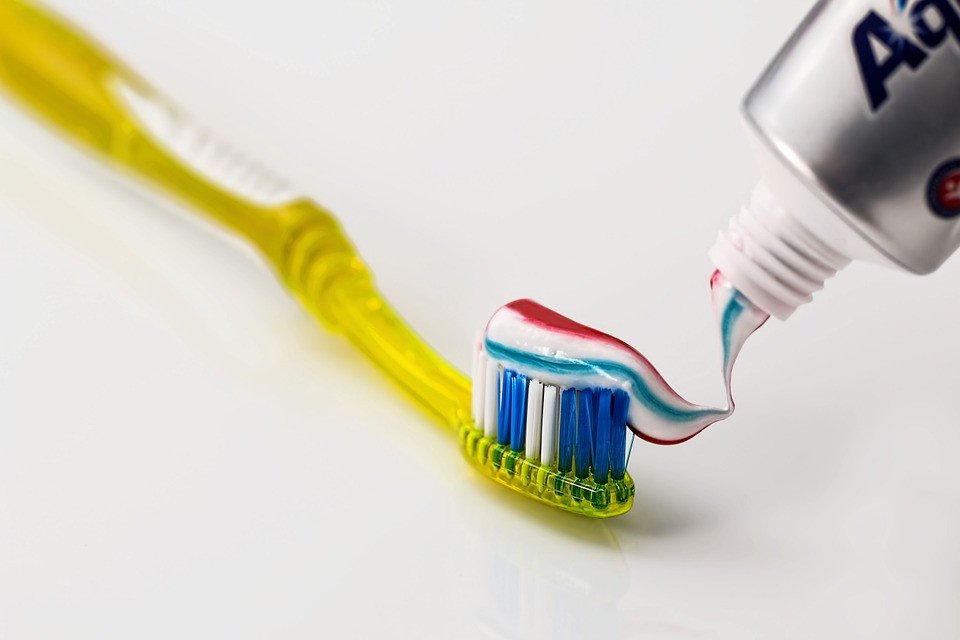
‘Enamel Repair’ Toothpaste
This toothpaste consists of calcium-based substances that are reputed to replace the surface layer of enamel. They are essentially a stopgap, and as such, the material that such a toothpaste deposits on the surface of the teeth is removed rather quickly. Note that enamel cannot be replaced manually. Thus, such ‘enamel repair’ toothpastes have a minimal effect over a long period of time.
Sensitivity Toothpaste
Sensitive teeth… now, that’s a really nasty problem, especially for people who are fond of ice cream.

The toothpastes that are known to cure tooth sensitivity usually have potassium nitrate as their main ingredient (modern sensitivity toothpastes may also contain NovaMin), which works to calm the nerves in the teeth. Thus, if you have sensitive teeth and use such toothpastes, you most likely won’t feel swords slashing through your teeth and gums every time you eat something cold and/or sweet.
“Anti-cavity” Toothpaste
Also called fluoride toothpaste, an anti-cavity toothpaste usually contains higher levels of fluoride in it than a regular toothpaste. There are also “cavity protection’ toothpastes, which essentially deliver fluoride to the enamel. This can be done through the addition of sodium fluoride to the toothpaste, which is actually known to improve the health of the enamel layer.
However, almost all modern toothpastes have sodium fluoride in them, so getting an ample supply of fluoride to the teeth is not a problem, regardless of which toothpaste you use.
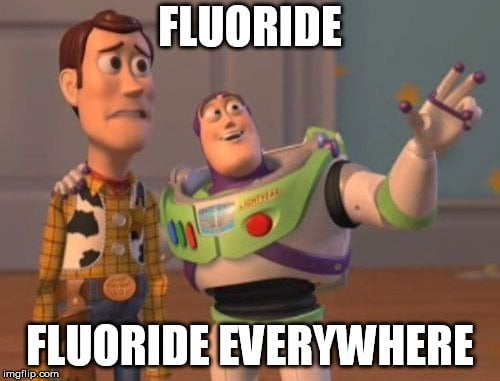
In a nutshell, while it’s a good practice to consult your dentists before buying and “committing” to a particular kind of toothpaste, what you should always remember is that the physical action of brushing your teeth the right way is far more important than the kind of toothpaste you use.
References (click to expand)
- (2012) Remineralization Effect of Topical NovaMin Versus Sodium .... The National Center for Biotechnology Information
- Davies, R. M., Ellwood, R. P., & Davies, G. M. (2003, February). The rational use of fluoride toothpaste. International Journal of Dental Hygiene. Wiley.
- Walsh T, Worthington HV, Glenny AM, Appelbe P, Marinho VCC, Shi X. Fluoride toothpastes of different concentrations for preventing dental caries in children and adolescents. Cochrane Database of Systematic Reviews 2010, Issue 1. Art. No.: CD007868.
- How does fluoride strengthen teeth and why add it ... - Tufts Now. Tufts University
- Are There Benefits to Using Fluoride-Free Toothpaste?. The University of Utah


